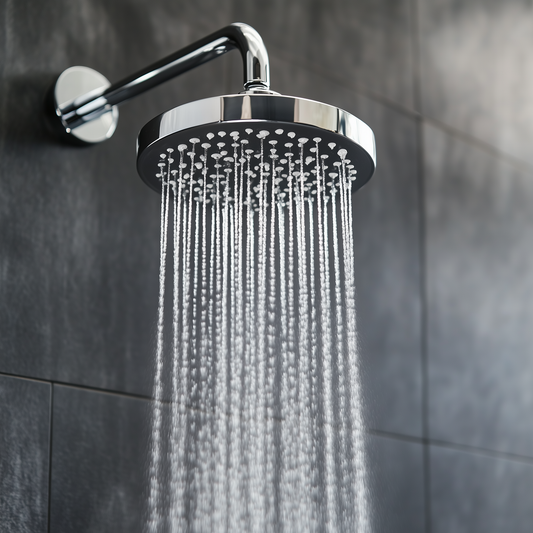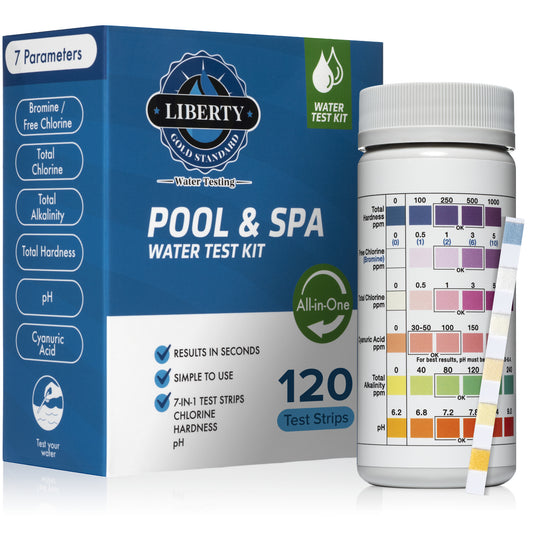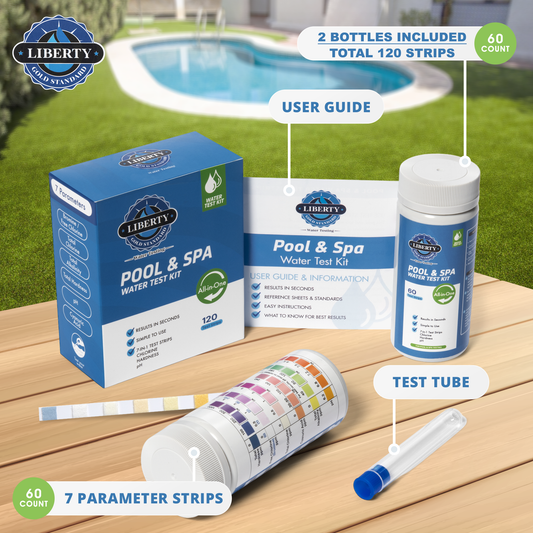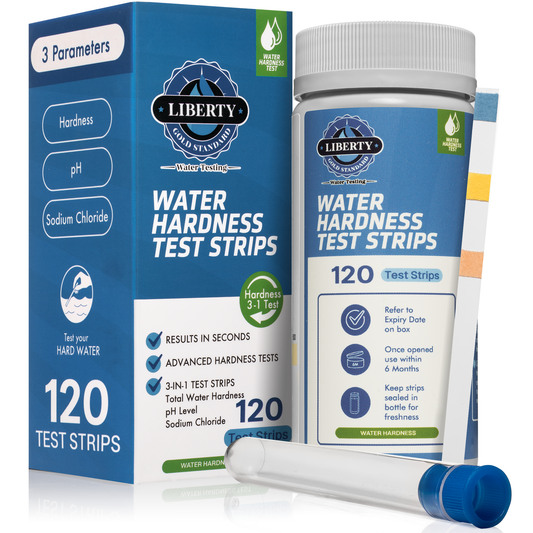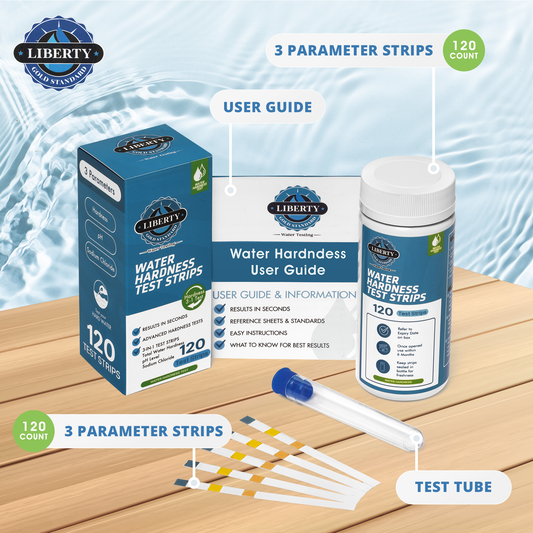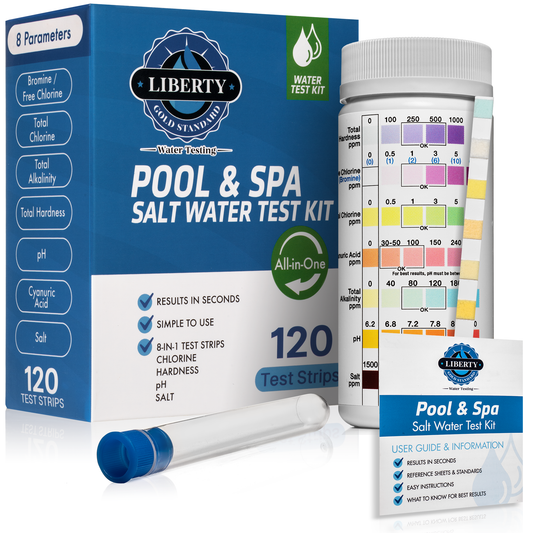When it comes to ensuring the safety of your well water, using water testing strips can be a convenient and cost-effective solution. But just how effective are these strips in accurately detecting contaminants in ground well water?
What Contaminants Can Water Testing Strips Detect?
Water testing strips are designed to detect a variety of contaminants commonly found in well water, including bacteria, lead, pesticides, nitrates, and pH levels. These strips provide a quick and easy way to test for these contaminants without the need for specialized equipment or laboratory testing.
How Accurate Are Water Testing Strips?
While water testing strips can provide a general indication of the presence of certain contaminants, their accuracy may vary. Factors such as the quality of the strips, the testing conditions, and the user's technique can all impact the reliability of the results. It is important to follow the manufacturer's instructions carefully and to use the strips within their specified shelf life for the most accurate results.
Are Water Testing Strips a Reliable Option for Well Water Testing?
Water testing strips can be a useful tool for routine monitoring of well water quality. However, for more comprehensive testing or to confirm the presence of specific contaminants, it is recommended to use a certified laboratory for analysis. Water testing strips can serve as a preliminary screening method, but should not be relied upon as the sole method of testing for well water safety.
In conclusion, water testing strips can be an effective and convenient option for testing the quality of well water, providing quick results for common contaminants. While they may not be as accurate as laboratory testing, they can still offer valuable insights into the overall safety of your well water. Remember to use water testing strips as part of a comprehensive water testing plan to ensure the health and safety of your drinking water.
Some Common Questions about Water Testing Ground Wells
1. What parameters should be tested in ground well water?
When testing ground well water, it is essential to analyze parameters such as pH levels, turbidity, total dissolved solids (TDS), nitrates, and bacteria levels. These parameters can indicate the overall quality and safety of the water.
2. How often should ground well water be tested?
Ground well water should be tested at least once a year for basic parameters like pH and TDS. However, if there are specific concerns or changes in water quality, more frequent testing may be necessary. It is also recommended to test after any maintenance or repairs to the well.
3. What are the common methods for testing ground well water?
Common methods for testing ground well water include using test strips for quick assessments of parameters like pH and chlorine levels. For more comprehensive testing, water samples can be sent to a certified laboratory for analysis. Field test kits are also available for on-site testing.
4. What are the potential contaminants in ground well water?
Potential contaminants in ground well water include bacteria, viruses, pesticides, heavy metals, and volatile organic compounds (VOCs). These contaminants can enter the water supply from various sources such as agricultural runoff, industrial activities, and improper waste disposal.
5. How can the results of ground well water testing be interpreted?
The results of ground well water testing should be compared to established water quality standards set by regulatory agencies. If any parameters exceed the recommended limits, appropriate actions should be taken to address the contamination. It is important to consult with water quality experts to interpret the results accurately.




